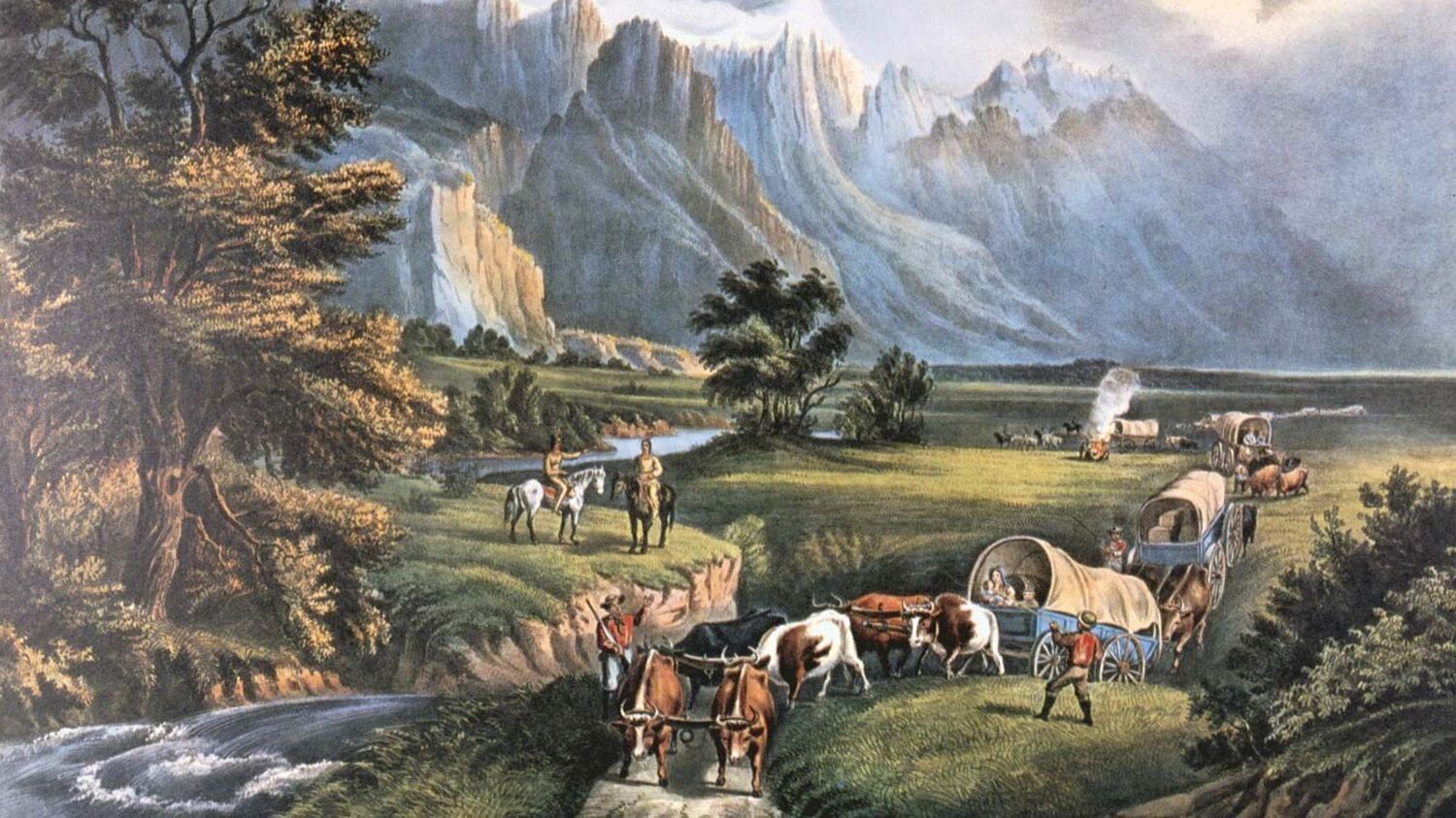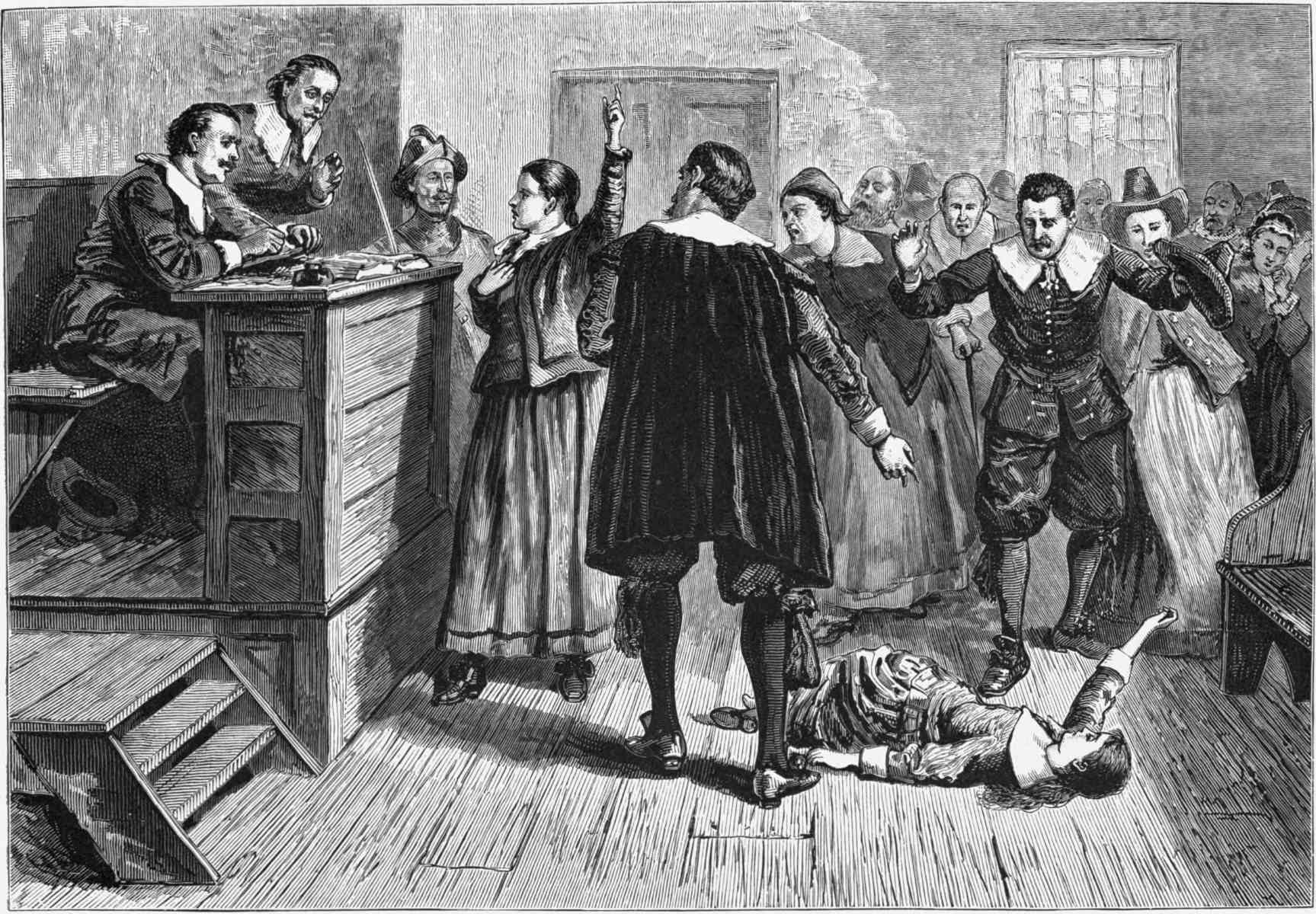
Ever wondered what life was like on the American Frontier? The American Frontier, also known as the Wild West, was a time of exploration, adventure, and hardship. Pioneers, cowboys, and Native Americans all played crucial roles in shaping this iconic period. From the Gold Rush to the Oregon Trail, the frontier was filled with stories of bravery, resilience, and sometimes, lawlessness. But what really happened during this era? How did people survive the harsh conditions, and what were the daily challenges they faced? In this blog post, we'll uncover 35 fascinating facts about the American Frontier that will give you a deeper understanding of this legendary time in American history. Get ready to step back in time and discover the untold stories of the Wild West!
Key Takeaways:
- The American Frontier, or Wild West, was a time of adventure and hardship, shaping the United States. Cowboys, gold rushes, and legendary figures like Wild Bill Hickok and Annie Oakley are part of its fascinating history.
- Life on the frontier was tough, but it led to significant innovations and inventions that shaped modern America. From sod houses and the Transcontinental Railroad to the Colt revolver and telegraph, the frontier spirit of innovation continues to inspire us today.
The Wild West: A Land of Opportunity and Danger
The American Frontier, often called the Wild West, was a time of exploration, adventure, and hardship. It was a period that shaped the United States in many ways. Here are some fascinating facts about this iconic era.
-
The American Frontier spanned from the early 17th century to the early 20th century, covering vast regions from the Appalachian Mountains to the Pacific Ocean.
-
The term "Wild West" refers to the western United States during the late 19th century, known for its lawlessness and rugged individualism.
-
Cowboys, often romanticized in movies, were primarily cattle herders who drove large herds across long distances to railheads for shipment to markets.
-
The Gold Rush of 1849 in California attracted hundreds of thousands of people seeking fortune, dramatically increasing the population and economic growth of the region.
-
Native American tribes played a significant role in the history of the American Frontier, with many conflicts arising as settlers encroached on their lands.
Life on the Frontier: Hardships and Innovations
Life on the frontier was not easy. Settlers faced numerous challenges but also made significant innovations that helped shape the nation.
-
Homesteaders were settlers who acquired land through the Homestead Act of 1862, which provided 160 acres of public land to anyone willing to farm it for five years.
-
Sod houses, or "soddies," were common on the plains due to the lack of trees. These homes were made from thickly-rooted prairie grass and soil.
-
The Transcontinental Railroad, completed in 1869, revolutionized travel and commerce, linking the eastern United States with the western frontier.
-
Frontier towns often sprang up overnight, driven by mining booms or the arrival of the railroad, but many became ghost towns once resources were depleted.
-
Barbed wire, invented in 1874, transformed the landscape by allowing farmers and ranchers to fence off large areas of land, leading to the end of the open range.
Legendary Figures of the Wild West
The Wild West was home to many legendary figures whose stories have become part of American folklore.
-
Wild Bill Hickok was a famous lawman and gunslinger known for his sharpshooting skills and dramatic death during a poker game.
-
Calamity Jane, a frontierswoman known for her rough demeanor and marksmanship, often dressed as a man and worked as a scout for the U.S. Army.
-
Billy the Kid, an infamous outlaw, was reputed to have killed 21 men before being shot by Sheriff Pat Garrett at the age of 21.
-
Jesse James, a notorious bank and train robber, led the James-Younger Gang and became a folk hero to some despite his criminal activities.
-
Annie Oakley, a sharpshooter and performer, gained fame in Buffalo Bill's Wild West Show, demonstrating incredible shooting skills.
The Role of Women on the Frontier
Women played crucial roles on the frontier, often working alongside men and contributing to the development of new communities.
-
Pioneer women were responsible for many tasks, including farming, cooking, and raising children, often under harsh conditions.
-
Many women on the frontier became teachers, helping to establish schools and educate the next generation.
-
Some women, like Belle Starr, became outlaws, while others, like Laura Ingalls Wilder, documented their experiences in writings that became beloved books.
-
Women often took on roles traditionally held by men, such as running businesses or working as doctors and nurses.
-
The Women's Suffrage Movement gained momentum in the West, with Wyoming becoming the first state to grant women the right to vote in 1869.
The Impact of the Frontier on American Culture
The American Frontier has left a lasting legacy on the culture and identity of the United States.
-
Western films and literature have romanticized the frontier, creating enduring myths about cowboys, outlaws, and lawmen.
-
The concept of Manifest Destiny, the belief that Americans were destined to expand across the continent, drove much of the westward expansion.
-
Frontier life fostered a spirit of independence and self-reliance, traits that are still celebrated in American culture today.
-
The frontier experience contributed to the development of American democracy, with many frontier communities practicing direct forms of self-government.
-
The rugged landscapes of the West have inspired countless artists, writers, and musicians, contributing to the rich tapestry of American art and culture.
The End of the Frontier Era
The closing of the frontier marked the end of an era but also the beginning of a new chapter in American history.
-
The U.S. Census Bureau declared the frontier closed in 1890, as there was no longer a clear line of unsettled territory.
-
The Dawes Act of 1887 aimed to assimilate Native Americans by dividing tribal lands into individual allotments, leading to significant loss of tribal land.
-
The Wounded Knee Massacre in 1890 marked the end of armed Native American resistance to U.S. expansion.
-
The rise of industrialization and urbanization in the late 19th and early 20th centuries shifted the focus from rural frontier life to city living.
-
The legacy of the frontier continues to influence American politics, culture, and identity, with many Americans tracing their roots to frontier ancestors.
Frontier Innovations and Inventions
The frontier was a hotbed of innovation, with many inventions and ideas that shaped modern America.
-
The Colt revolver, invented by Samuel Colt in 1836, became a symbol of the Wild West and revolutionized personal firearms.
-
The telegraph, developed by Samuel Morse, allowed for rapid communication across vast distances, transforming business and personal communication.
-
Windmills were widely used on the frontier to pump water from underground wells, essential for farming and livestock.
-
The development of dry farming techniques allowed settlers to cultivate crops in arid regions, contributing to the agricultural success of the Great Plains.
-
The frontier spirit of innovation and resourcefulness continues to inspire modern American entrepreneurship and technological advancements.
The Legacy of the American Frontier
The American Frontier left a lasting mark on history. From the pioneers who braved unknown lands to the cowboys who became legends, this era shaped the nation. The Gold Rush brought fortune seekers, while the Transcontinental Railroad connected coast to coast. Native American tribes faced immense challenges, yet their cultures endure. Buffalo Bill and Annie Oakley became icons, embodying the spirit of the Wild West. The Homestead Act offered new beginnings, and frontier towns sprang up overnight. Though the frontier closed, its stories live on in books, movies, and folklore. This period of exploration and adventure continues to captivate imaginations, reminding us of the resilience and determination that built America. The legacy of the American Frontier is a testament to the human spirit's drive to explore, conquer, and thrive against all odds.
Frequently Asked Questions
Was this page helpful?
Our commitment to delivering trustworthy and engaging content is at the heart of what we do. Each fact on our site is contributed by real users like you, bringing a wealth of diverse insights and information. To ensure the highest standards of accuracy and reliability, our dedicated editors meticulously review each submission. This process guarantees that the facts we share are not only fascinating but also credible. Trust in our commitment to quality and authenticity as you explore and learn with us.


